
Billing itself as a “photography fair with a festival flair,” this year Unseen lives up to its promise by launching a ten-day citywide festival alongside the annual photography fair.
From Sept. 18 through Sept. 27, venues across Amsterdam, Unseen’s home city, will throw open their doors, showcasing work by photographers from all over the world, working across documentary photography, fine art, fashion photography and more.
Meanwhile, the Unseen Photo Fair will welcome some 54 galleries to the Westergasfabriek cultural park for its fourth edition, which takes place this weekend. Founded in 2012, Unseen is fast becoming the go-to place to enjoy and buy work by lesser-known photographers and new work by established practitioners.
From a photobook fair to live events, screenings, open studios and talks, there is plenty to see and do. Here are some of the highlights:
Unseen is special not only because it supports new talent, but also because it is committed to showcasing work that hasn’t been seen before in public. More than 80 new bodies of work or ‘premieres’ will be on display this year.
Among the photographers showing premiering work is Dutch artist Sebastiaan Bremer, who transforms found photographs or his own snapshots of family and friends by drawing or painting on them. Also look out for images by East Coast-based Raymond Meeks, whose work, deeply rooted in the American landscape, touches on the notion of time passing, family, and a sense of place; and Japanese photographer Hideyuki Ishibashi, who breaks apart and reassembles images sourced from antique markets and Google Street View to form new works, which ask viewers to “rethink the act of seeing.”
Several artists who are premiering works at Unseen (including Ishibashi) will be giving talks about their work during the fair weekend. Premiere Presentations – fifteen-minute long artist-led talks – takes place on Sept. 18 and Sept. 19 at the Unseen Living Room, from 6.45 to 7.30 p.m. on both days.
In 2006, a group of photographers from central and Eastern Europe got together to form Sputnik Photos, a collective whose work frequently focuses on life in the post-Soviet region. The eight-person strong collective is one of four invited to present work at the fair this year as part of the Unseen Niches, an initiative that presents and promotes “forward-thinking” work in a commercial context. “We are showing a mix of work entitled East of Vistula River, which poses questions about belonging, transition and identity,” the collective told Unseen Magazine. “When preparing the work [for Unseen], we followed our general approach: to show things that the viewer can’t find in the mainstream media.” The work, they added, will serve as a “teaser” for their 2016 project, Lost Territories.
Returning for the third time, the Unseen Niches also presents specially commissioned work by the collectives Wandering Bears, and Mt. Figure and the artist-led project Studio 47.
Wandering around the stands at a photography fair, taking in the sights, has its own merits, but not to be missed is the chance to watch the making of new work as it happens. Tapping into something of a trend for photography-related performances, the publishing start-up Self Publish, Be Happy returns to Unseen with a special live “marathon” bookmaking event, to mark the launch of its new book, Self Publish, Be Happy: A DIY Photobook Manual and Manifesto, co-published with Aperture this fall. On Sept. 19, three photographers – Isabelle Wenzel, Jaap Scheeren and Justin James Reed – will respond to the publication, producing new work at Unseen. The event, which also marks Self Publish, Be Happy’s fifth birthday, is part of a 24-hour initiative involving eleven artists in three cities (including Tokyo and New York.) The end result will be one collaboratively produced book, available to download from the Aperture and Self Publish, Be Happy websites from Sept. 20.

Totaling 112 meters long and with a height of 2.2 meters, Panorama Carland by Jan Hoek transports viewers to the city of Kumasi in Ghana, home to old cars, discarded by their owners. The city made an impression on the Dutch photographer, who vividly describes what he saw there as “the décor of a new African Tarantino-movie.” But when Hoek returned, the city wasn’t as he remembered – it was far less extreme, he says. Preferring the fantastical and zany city of his memory, and inspired by the painter Hendrik Willem Mesdag’s Panorama Mesdag, Hoek set out to recreate Kumasi as it was in his mind. The result is an epic, sprawling work comprised of tens of images stitched together to form one long, immersive narrative. The panorama will be on show close to the fair’s main site, and from Sept. 18 to Sept. 20, a soundscape of recorded noises from Kumasi and Ghanaian music will accompany the work. Visitors can also have their picture taken by the artist in front of the panorama from 6 p.m. each day during the fair.
If you venture out into the city of Amsterdam you’re sure to find a surprise or two. Hidden Treasures, part of the Unseen Festival programme, is a series of commissioned work and projects housed in a range of secret and unconventional spaces across the city. The exhibitions and events exemplify “new approaches to and experiences of photography,” say the organizers. Make your way to the abandoned historic Prinsengrachtziekenhuis, dating from the mid-19th century, which will host, in the central wing of the old hospital, work-in-progress by 15 photography students from the Gerrit Rietveld Academie. Also on show here are Giorgio Di Noto’s explorations into the Internet’s hidden spaces or “dark web” that can only be viewed under an ultraviolet light; New York City-based photographer David Brandon Geeting’s giant portrait of garage-folk musician Juan Wauters, (part of Subbacultcha’s A0 poster series, Pretty Big); and Atlantus, a project by Martin Toft and Gareth Syvret of the Archisle Programme in Jersey, the Channel Islands, inspired by the 350th anniversary of the naming of the state of New Jersey, U.S.
Also look out for an installation of Heikki Kaski’s Tranquillity, images shot by the Finnish artist in a small town he stumbled upon in California (the book won the 2013 Unseen Dummy Award), and studio visits with photographers Awoiska van der Molen, and the Dutch photojournalist and author of Why Mister, Why?, Geert van Kesteren, among others. Many cultural institutions such as World Press Photo and ING Bank will also be opening their doors to showcase their photographic collections.
Each year, the Amsterdam-based magazine handpicks photographers under the age of 35 that it considers are producing “exceptional” work, and this year, it will showcase their work on billboards across the Westergasfabriek site. Look out especially for work by Aaron Blum, 2015 Prix Levallois laureate Tom Callemin, Christian Vium, Voies-Off 2015 award winner Danila Tkachenko, and David Favrod, whose work was featured on TIME LightBox last year.
Elsewhere, Dutch curator and collector Erik Kessels challenges students from Écal to confront and overcome their photographic fears by producing work they wouldn’t dare to approach, telling them: “If we want to do this thing we love – making stuff – we mustn’t be afraid of looking stupid.” It’s a great motto to live by, especially for photographers who want to avoid getting stuck in a creative rut; the fruits of the students’ labors are on display as part of The Embarrassment Show.
Living up to its motto – to champion new talent – Unseen runs several photography awards and will announce the winners over the fair and festival weekend. Listen out for news of the winners of the ING Unseen Talent Award 2015; the new Meijburg Art Commission winners, whose shortlisted photographers include Melinda Gibson and Noémie Goudal; and the winner of the annual Unseen Dummy Award.

We may be familiar with the most famous images by Magnum photographers, but less well known are the contact sheets from which the ‘iconic’ images came. When the legendary agency published, with Thames & Hudson, the tome Magnum Contact Sheets in 2011, it offered a rare insight into the strip upon strip of images by its members that had until then never seen the light of day. Now at Fotografiemusem Amsterdam, more than 100 of those contact sheets by the likes of Robert Capa, Henri Cartier-Bresson, Martin Parr and Alec Soth will be on display. By revealing the shots either side of the famous images, these contact sheets, never originally meant for publication or exhibition, show that far more work goes into the creation of the “perfect” image than meets the eye.
One of the most exciting things about a photography fair is that the best ones can challenge and encourage you to ponder the medium from new perspectives. Photography’s development has always been dynamic, but in an age where barriers between art forms continue to be broken down, we are seeing experimentation (almost) like never before. Artists such as Peter Puklus, Gregory Halpern and Nico Krijno play with photography’s sculptural possibilities, or work with installation as is the case with Anouk Kruitof. Some artists are drawn to found, discarded images and work with archives, embracing (and adding to) the natural destruction of these photographs as Melinda Gibson and Thomas Sauvin have shown, while others intervene in the landscape (Inka & Niclas, Jill Quigley). Some are exploring new takes on documentary photography, such as Daniel Shea who blurs the boundaries between fact and fiction to create images that challenge our perception of the photographic document as truth, and others are even using internet discussion forums as a springboard to make work (Jan McCullough). Whether or not you agree with what these photographers are doing, it’s difficult not to be drawn into a discussion about photography’s multilayered identities.
If photography is good at making us question its role or purpose, it’s also very good at making us view the world around us differently. A case in point is Sophie Ebrard’s images shot on porn sets, which are currently on show in Amsterdam. For four years, Ebrard followed porn director Gazzman around the world, photographing on his sets. The images in It’s Just Love, curated by Unseen co-founder Roderick van der Lee, seek to humanise the people Ebrard encountered, offering a more intimate and perhaps honest view of the adult sex industry. During Unseen Festival, the work will be on show in Ebrard’s house, which the photographer redecorated to create a “Boudoir-style ambiance.” It is a fitting venue, she says, since porn is most often “consumed” at home. The exhibition runs through until Sept. 20.
Finally, if the memories of Unseen are not enough, consider buying a print, a copy of Unseen Magazine or even a photobook from the Unseen Book Market (more than 60 international publishers will be in attendance) to remember your experience. Affordable works priced at 1.000 euros (or $1,126) or less are available from the Unseen Collection. Photographers with prints in this collection include: Lorenzo Vitturi, Sarker Protick and Clémentine Schneidermann, whose series I called her Lisa-Marie, about Elvis fanatics in Graceland and Porthcawl, a small town in South Wales, has already garnered much attention.
Gemma Padley is a freelance writer specializing in photography, who is based in London.


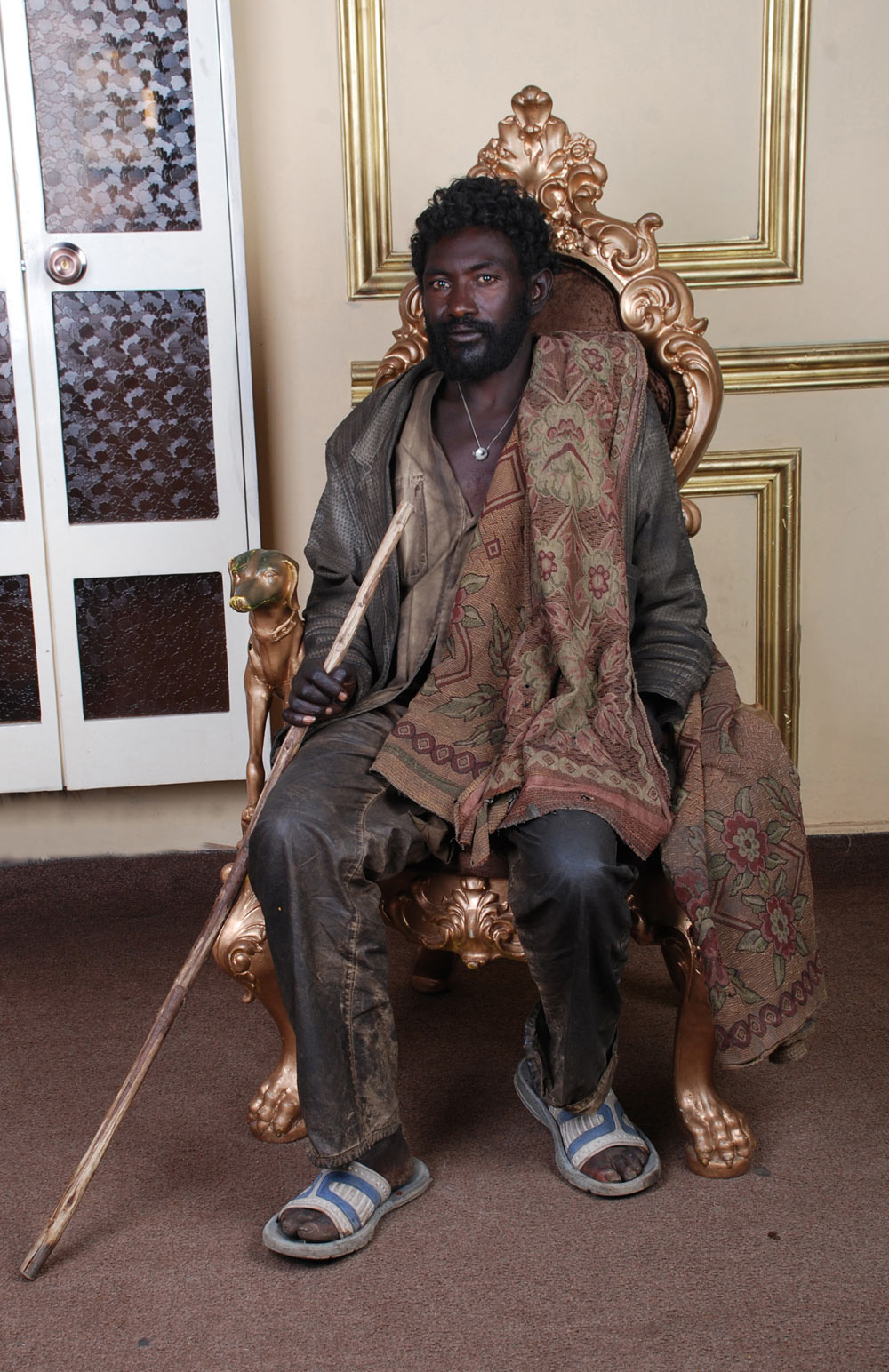
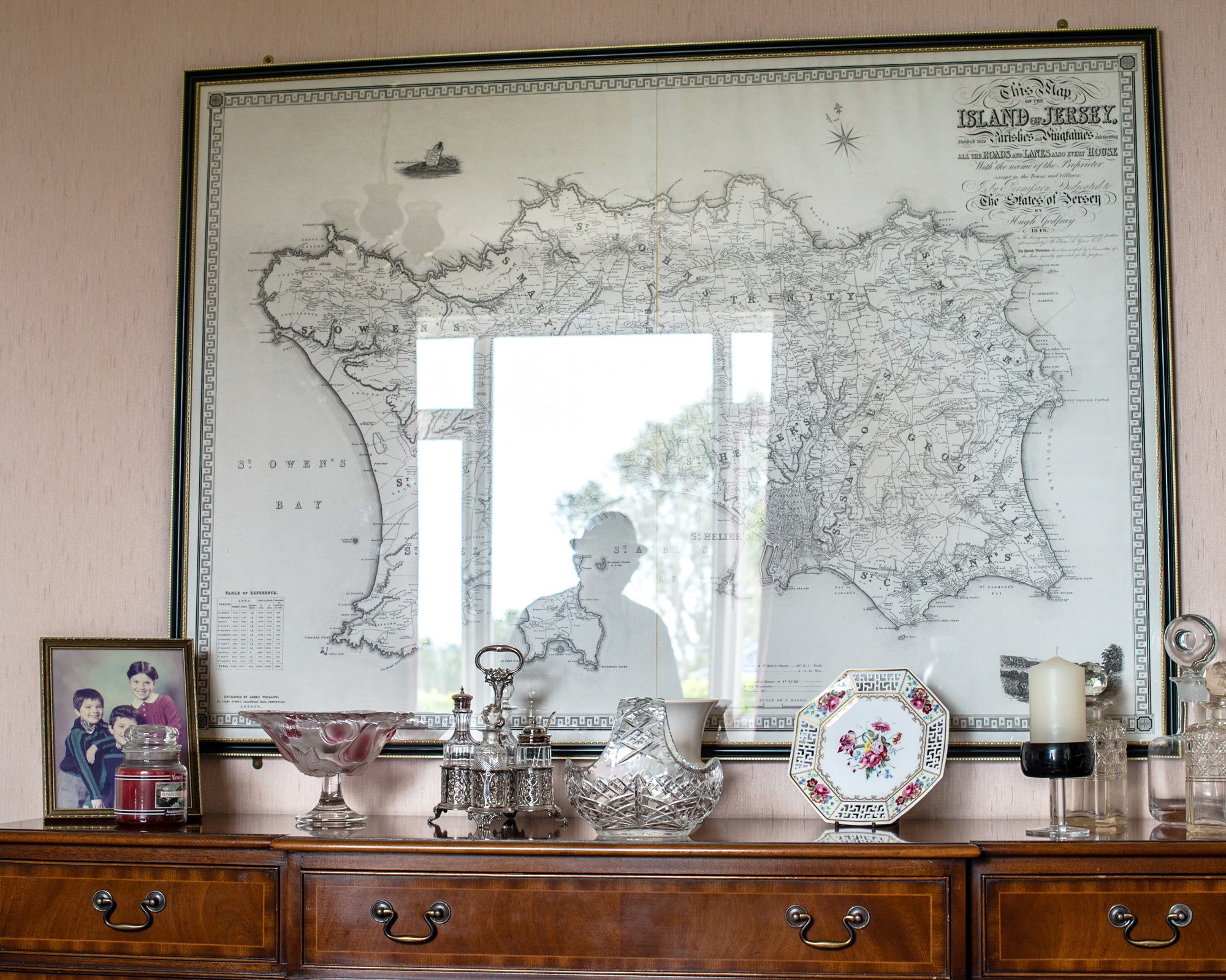

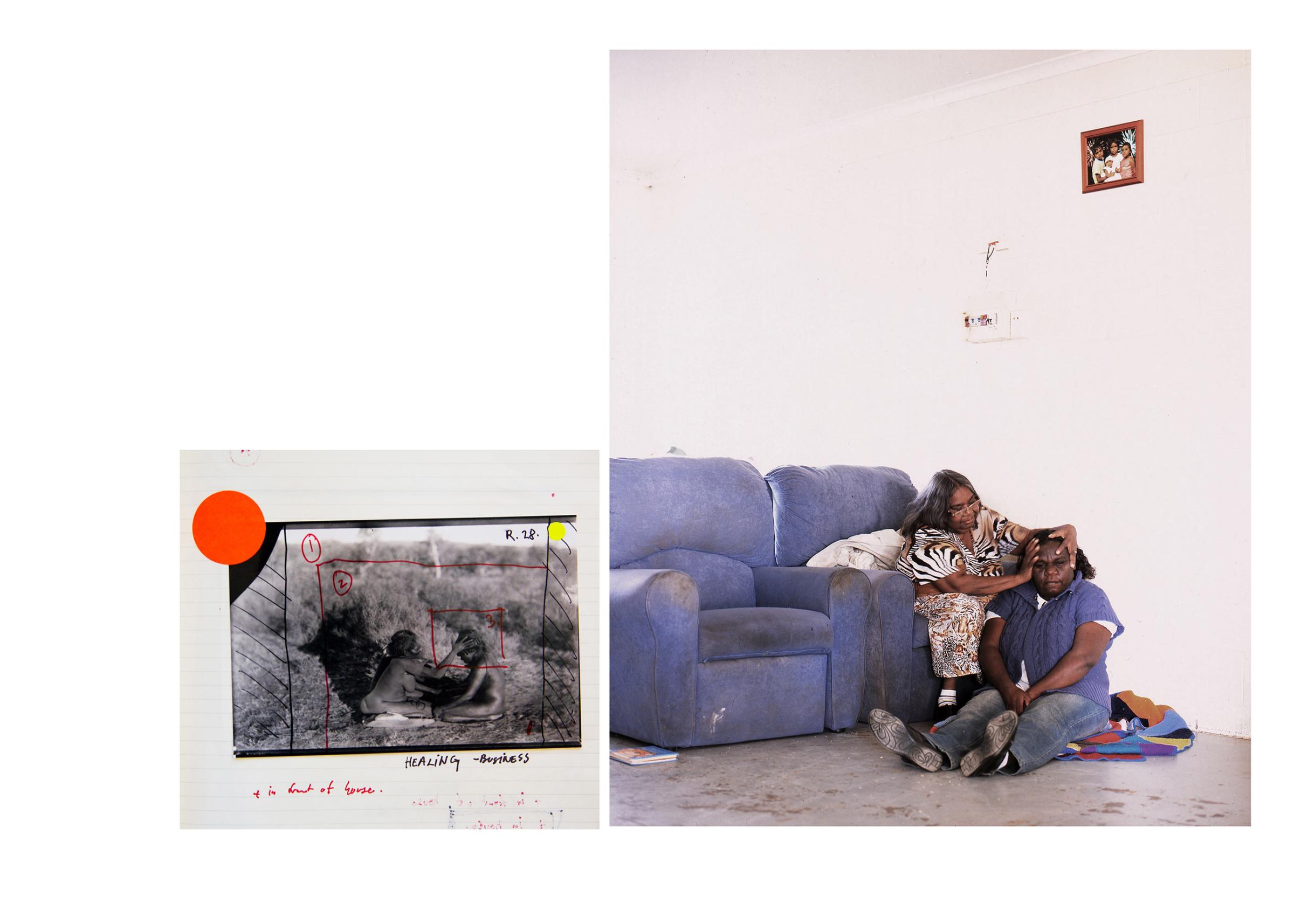

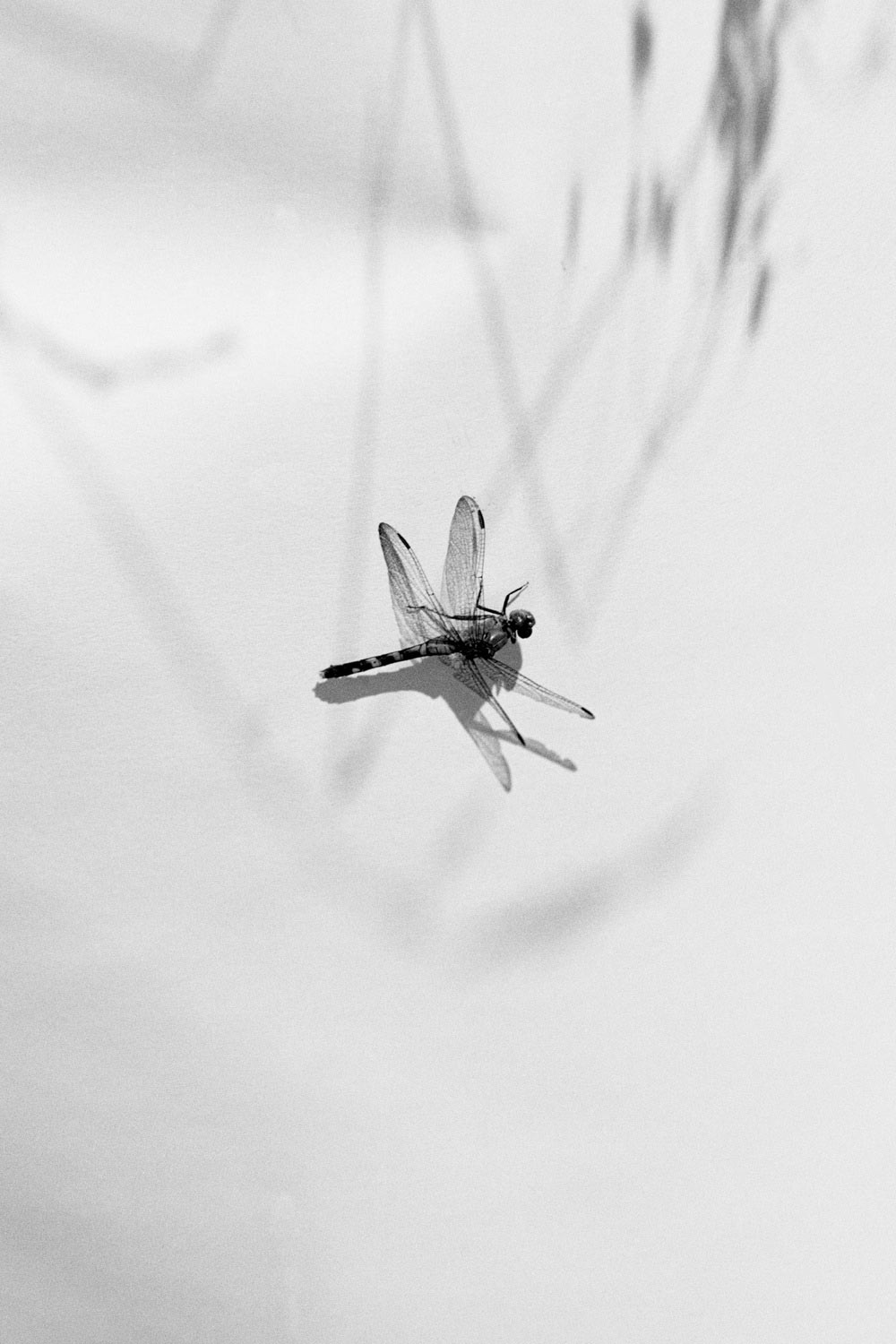
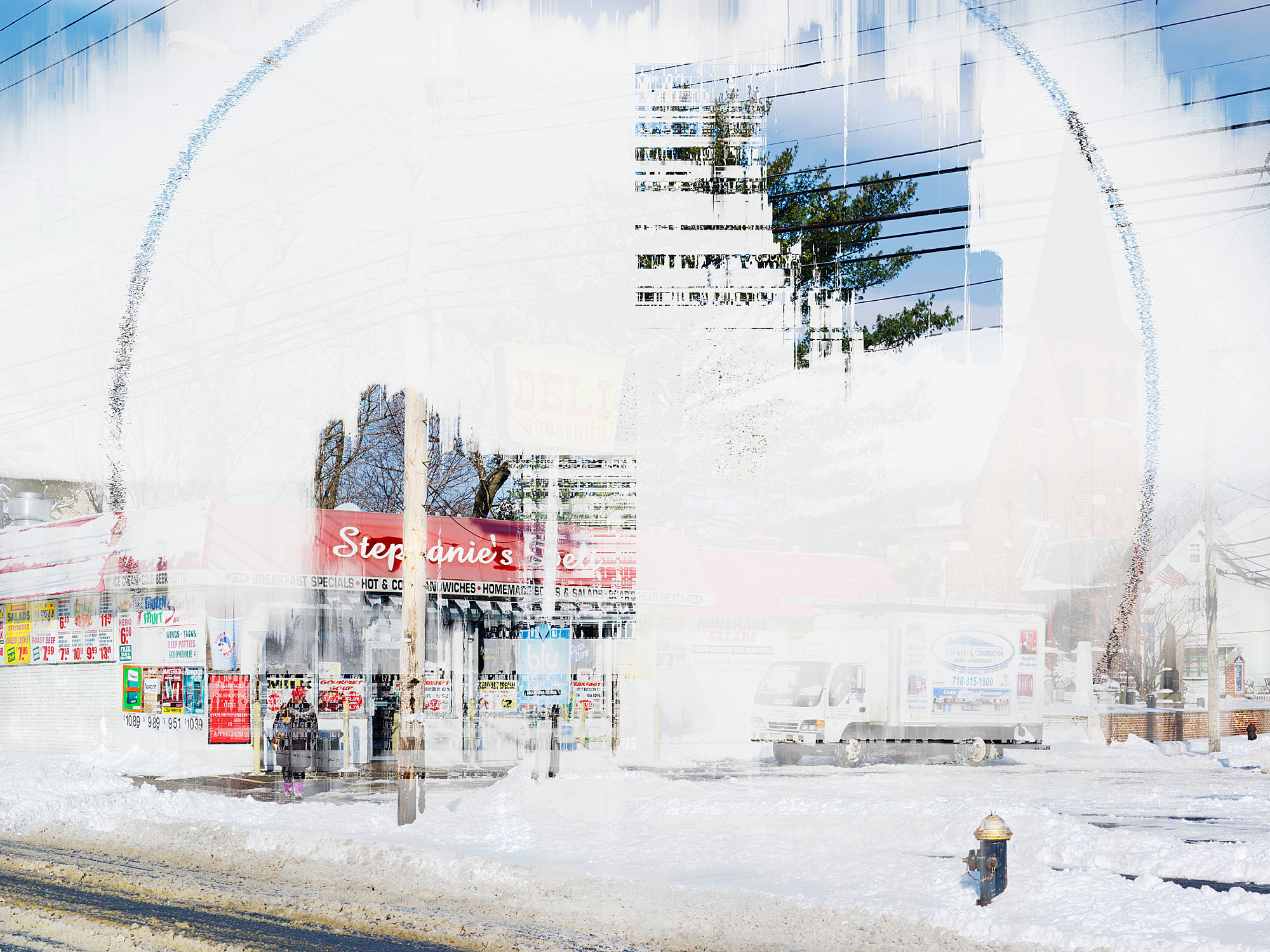


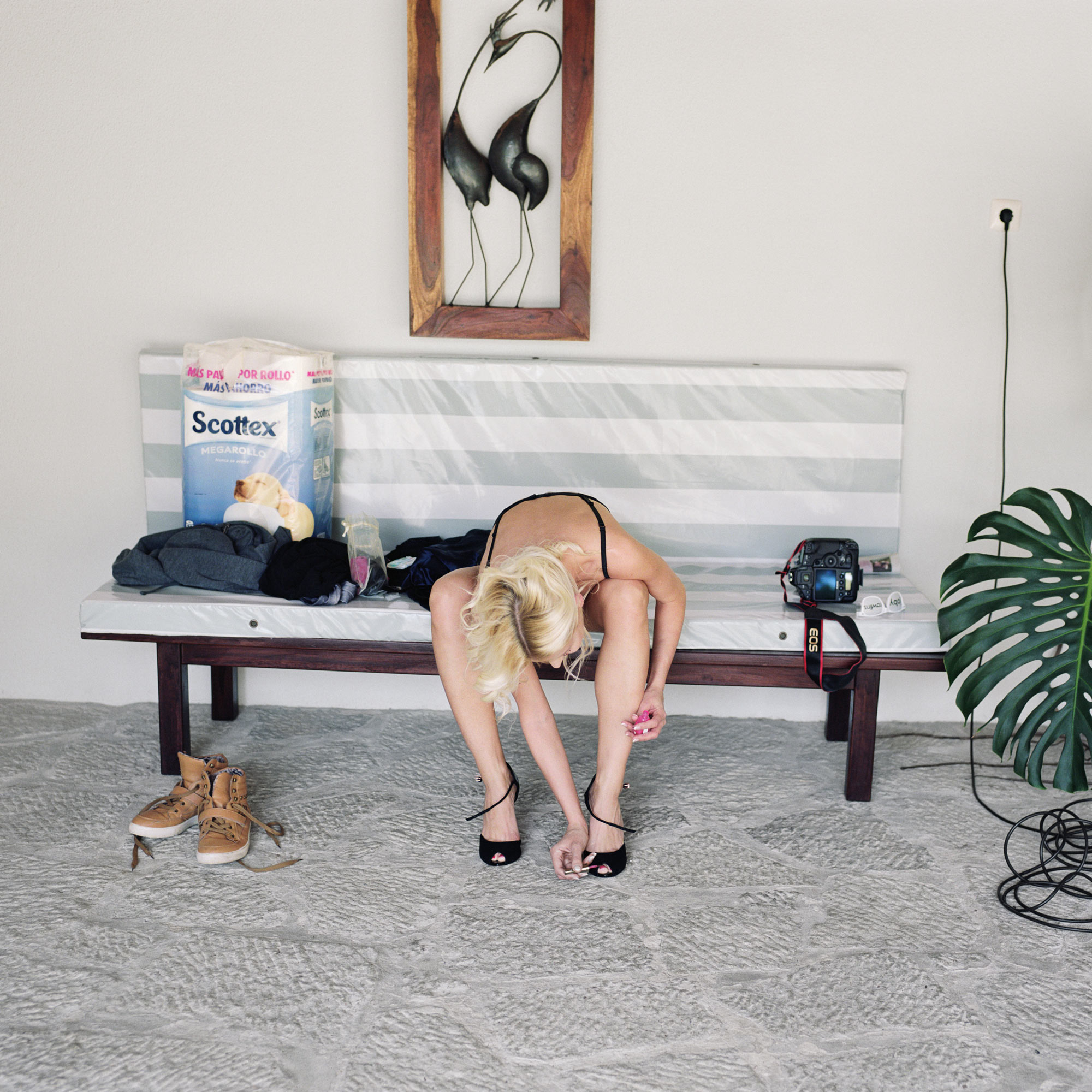
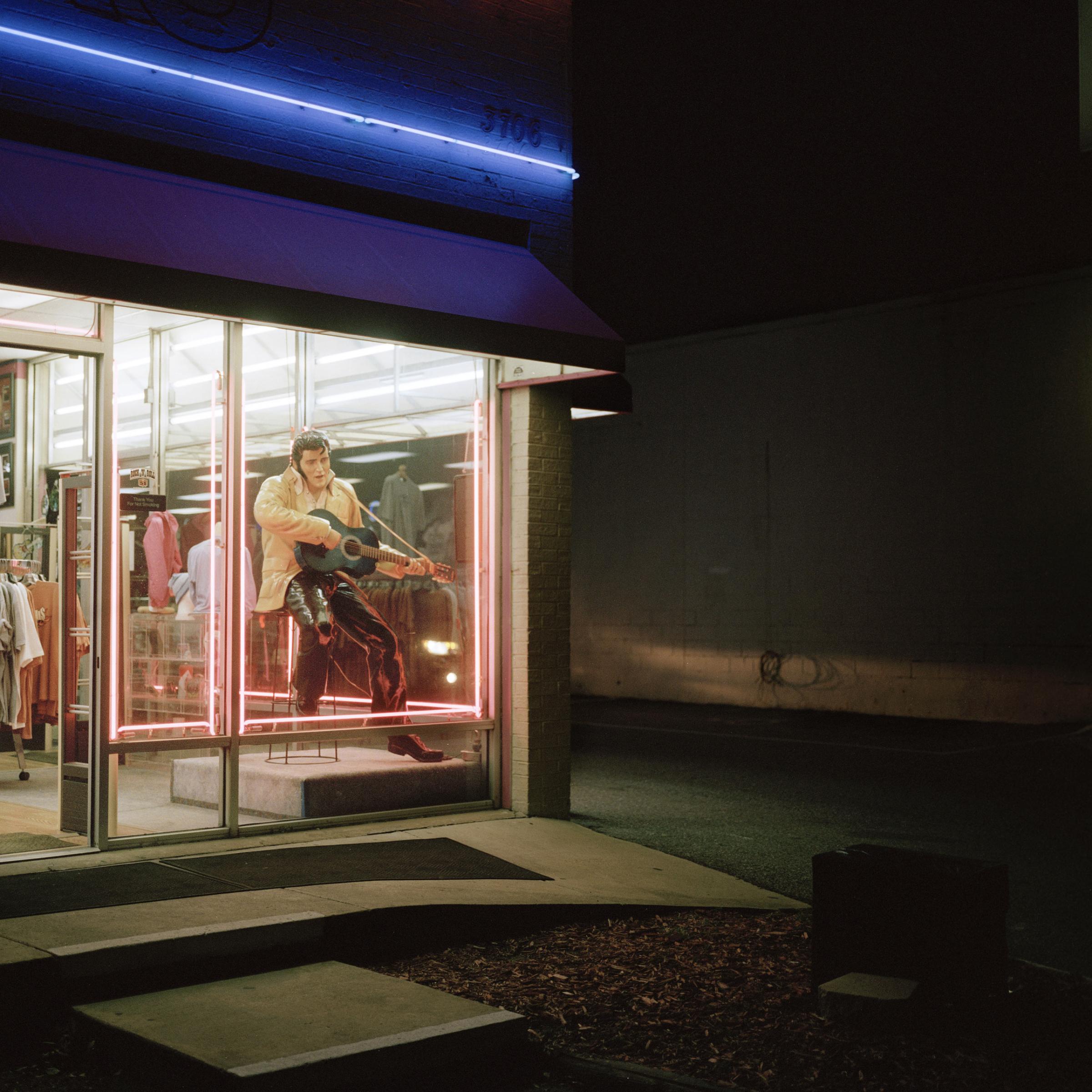
More Must-Reads From TIME
- Dua Lipa Manifested All of This
- Exclusive: Google Workers Revolt Over $1.2 Billion Contract With Israel
- Stop Looking for Your Forever Home
- The Sympathizer Counters 50 Years of Hollywood Vietnam War Narratives
- The Bliss of Seeing the Eclipse From Cleveland
- Hormonal Birth Control Doesn’t Deserve Its Bad Reputation
- The Best TV Shows to Watch on Peacock
- Want Weekly Recs on What to Watch, Read, and More? Sign Up for Worth Your Time
Contact us at letters@time.com